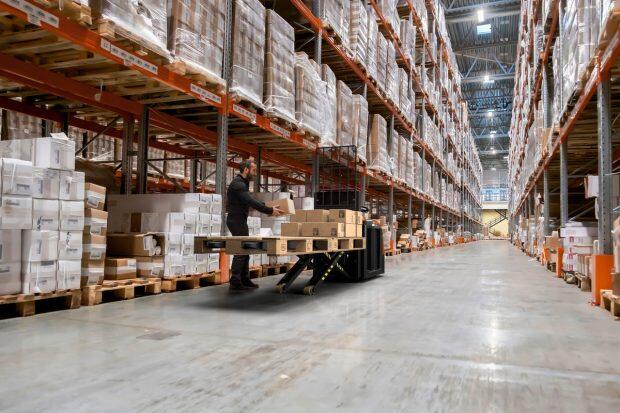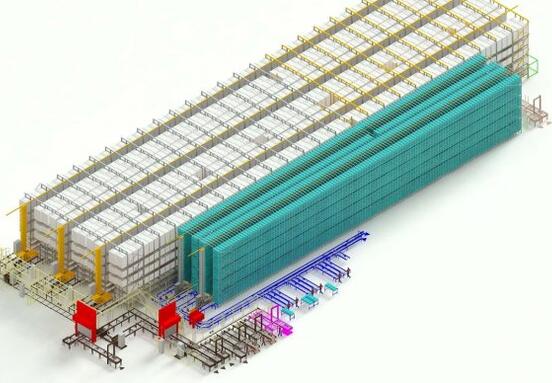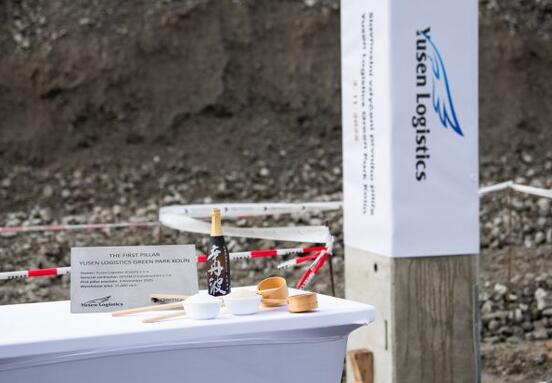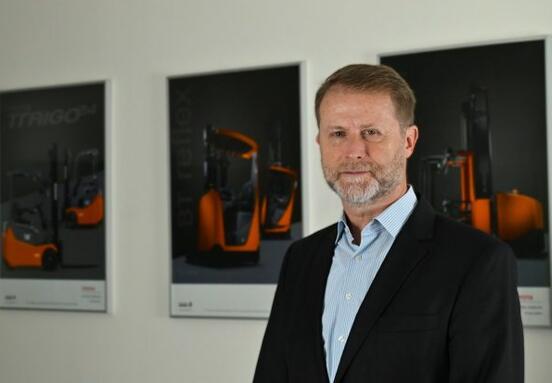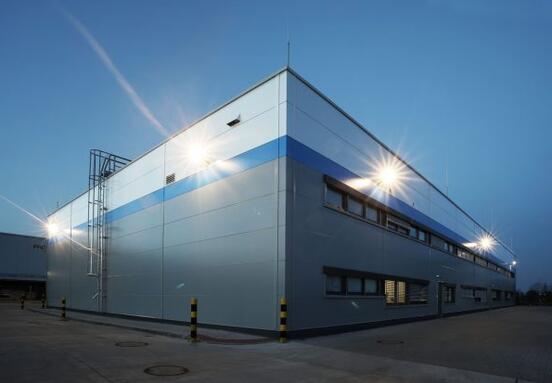Revolutionizing Warehouse Operations with Toyota's Optio L-series
In the competitive world of logistics and supply chain management, optimizing every square foot of warehouse space is paramount. Toyota Material Handling Europe is setting new benchmarks with its redesigned low-level order picking trucks, the Toyota Optio L-series. These state-of-the-art vehicles are engineered to meet the rigorous demands of multi-shift operations and high-speed picking, particularly in the fast-moving consumer goods (FMCG) sector. For businesses looking to rent warehouse or logistics space, understanding the capabilities of such equipment can significantly influence facility layout, operational costs, and overall efficiency.
The Optio L-series introduces a new era of performance, promising significant improvements that directly impact how businesses utilize their leased industrial properties.
Unprecedented Efficiency and Energy Savings
One of the standout features of the new Optio L-series is its remarkable energy efficiency. These vehicles are 10% more energy-efficient than their predecessors, translating into lower operational costs and a reduced carbon footprint for tenants. This efficiency is crucial for demanding multi-shift operations, ensuring continuous productivity without frequent interruptions for charging. When evaluating potential warehouse spaces, considering the electrical infrastructure and charging capabilities becomes even more vital to fully leverage these energy-saving benefits.
Furthermore, the trucks boast a maximum load capacity of up to 2.5 tons, allowing for heavier loads per trip and potentially reducing the number of picking cycles. This directly contributes to higher throughput and better utilization of your warehouse's storage and picking zones.
Enhanced Ergonomics and Vertical Space Utilization
The new generation includes six modernized models designed with operator comfort and safety in mind. A significantly higher platform lift of 1195 mm allows operators to comfortably reach items up to 2.8 meters high. This increased vertical reach means businesses can make better use of vertical storage space within their rented warehouses, potentially reducing the need for larger footprints or allowing for more inventory in existing spaces.
Improved ergonomics, including optional side walk-through controls and expanded storage features, contribute to a more comfortable and productive working environment. This is a key factor for attracting and retaining skilled warehouse staff, and a well-designed warehouse space should facilitate the use of such ergonomic equipment.
Flexible Power and Advanced Safety Features
Adaptability is key in modern warehousing, and the Optio L-series trucks support various battery solutions, from traditional lead-acid to high-performance lithium-ion. This flexibility allows businesses to choose the power solution that best fits their operational demands and the energy infrastructure of their rented warehouse space, impacting charging times, energy costs, and overall workflow.
Safety is paramount, and the new models integrate advanced features such as a PIN code or Smart Access system for controlled operation. Optimised Truck Performance (OTP) automatically limits vehicle speed during cornering and load handling, significantly reducing the risk of accidents. Optional integrated blue or red warning lights and position lights further enhance safety, especially in busy, multi-directional warehouse environments. When touring potential warehouse spaces, consider how the layout and traffic flow can be optimized to benefit from these cutting-edge safety features.
The Smart Choice for Your Next Warehouse Lease
For businesses seeking office or warehouse space to rent, understanding advancements like the Toyota Optio L-series is more than just about equipment; it's about making an informed decision that future-proofs your operations. These innovations highlight the importance of selecting a warehouse that can support high-efficiency, multi-shift operations, accommodate advanced material handling equipment, and provide the infrastructure for flexible power solutions. By integrating such advanced technology, businesses can achieve higher throughput, lower operating costs, and a safer working environment, ultimately maximizing the value of their chosen industrial property.
Source: systemylogistiky.cz
